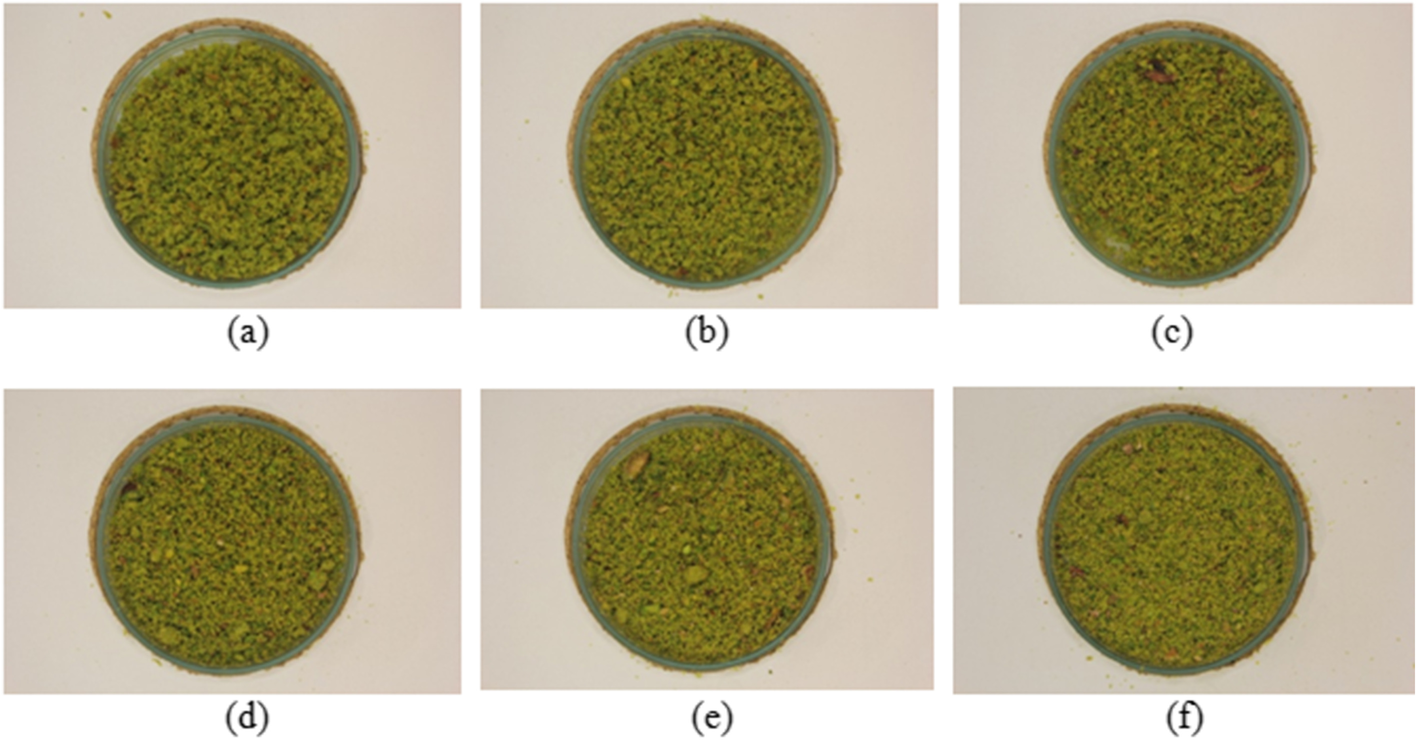Rapid detection of adulteration in pistachio based on deep learning methodologies and affordable system
Published in Computational Sciences
The issue of food adulteration is increasingly prevalent, necessitating the development of fast and reliable methods for its detection. Deep learning, as an effective machine learning algorithm, has emerged as a new field in the food industry, offering rapid and accurate results in the identification of food adulteration. In this study, a digital image and deep learning-based method was developed to detect spinach adulteration in pistachios. A unique dataset with 6 classes was created in a laboratory environment for testing the method. The adulteration rates for each class were determined, and images were analyzed in various color spaces, including Red Green Blue (RGB), HSV (Hue Saturation Value), Y,u and v (YUV), and L, a, and b (LAB). Subsequently, Convolutional Neural Network (CNN) architectures, namely ResNet-50, VGGNet-19, and DenseNet201, were employed for classification. The accuracy of all color spaces and architectural combinations exceeded 90%. Notably, the VGGNet-19 architecture achieved a 100% success rate in classifying the LAB color space. Moreover, the YUV/ResNet-50 and HSV/VGGNet-19 combinations demonstrated over 98% success in detecting peanut adulteration. The utilization of deep learning-based architectures enables swift and effortless analysis of complex food samples, eliminating the challenges associated with analyzing large quantities of food and effectively preventing food adulteration.

Please sign in or register for FREE
If you are a registered user on Research Communities by Springer Nature, please sign in